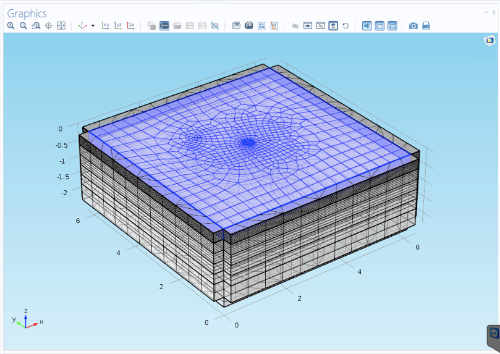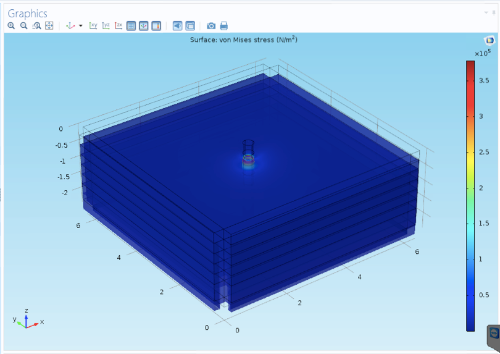Fall 2015

| Nicole spent her summer conducting research in Dr. Abdelaziz's lab, which provided a unique learning environment and an invaluable opportunity to become further engaged in Civil Engineering. In her words: |
|
"My summer research consisted of utilizing the finite element method to analyze the stresses, strains, and deformations within pavements given certain environmental and material conditions. The responsibilities given to me sharpened my ability to think critically about why a certain input, parameter, or setting within a program would result in inaccurate data. More importantly, this research position allowed me to learn about the construction and maintenance of an efficient roadway system. Over the course of this summer, I came to realize how theoretical an engineering education is, and why companies require their employees to be able to think practically to account for external factors and unforeseen circumstances. One of the main outcomes of this research position was my gained knowledge on how to execute an accurate and reliable finite element analysis, which is applicable to all types of structures requiring analysis. I learned that any numerical modeling approach, including ones that utilize the finite element method, requires validation rather than blindly trusting model results. The validation of a model can be performed using proven analytical solutions or field measurements. I also learned that building a sufficient “mesh” is a large determinant on whether a model will yield satisfactory data. A “mesh” within software utilizing finite element analysis is the layout of the individual elements within the model. The analysis of a structure with a smaller number of elements (a coarse mesh) would yield results that are not as accurate as an analysis of a structure with a large number of elements (a fine mesh). Unfortunately, a large number of elements within a simulated structure creates a long computation time. The challenge of determining a reliable number of elements was solved by determining the parts of the structure that required the most refined data. The final task completed over the summer was to gain an adequate understanding of the physics behind any engineering problem by reading official pavement design guides and to learn more about the roadway industry. My reading of the official documentation utilized in the field to create useful and safe roadway systems allowed me to gain insight into how unpredictable and subject to error an engineering project is. These procedures are often created to lessen error, but I learned that it is ultimately up to the engineer to determine what is the best method to solve a particular problem." |
Example of Mesh Analysis: Example of Stress Solid Analysis:
 |
|

